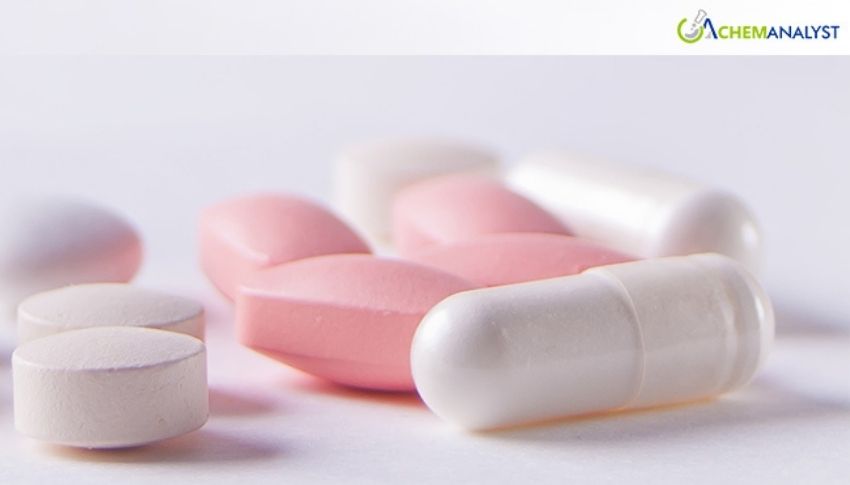Welcome To ChemAnalyst

A combination of front-loaded buying, easing supply constraints, phased tariff implementation, and stable currency and freight conditions are expected to keep U.S. progesterone API import prices on the lower side during August 2025—barring any unexpected shocks.
As August iss about to begin, market participants throughout the importing country, specifically the U.S. market, become ever more assured that United States import prices for progesterone API will largely remain slumbering, defying recent trend growth of late June and July. This projected trend is based on a mix of elevated inventory holdings, calming global supply, and muted downstream demand. In spite of some short-term volatility upwards at the beginning of the summer, experts now predict pricing equilibrium—and even small decreases—for the progesterone API market in the next month.
One of the main reasons for the expected softness in the price of progesterone is the large inventory build-up last June and July. Most of the pharma and contract manufacturing industries moved fast to stock up on inventories before Q3, particularly in anticipation of the U.S. placing a 30% tariff on APIs such as progesterone imported from the European Union starting August 1. This front-loading strategy has now resulted in decreased short-term buying pressure with buyers absorbing the current stocks instead of new spot purchases.
Meanwhile, supply-side limitations in major manufacturing centers of China and Europe have significantly relaxed. Following environmental regulatory audits and raw material setbacks in Q2, manufacturers have slowly regained steady production levels as of mid-July. With better export preparedness, Asian and European suppliers now provide progesterone API to U.S. importers at more favorable terms, easing cost pressure in the short run.
Although future tariff policy may ultimately drive up prices, its immediate effect on progesterone price is likely to be negligible. Traders say that the majority of bulk agreements and spot cargoes for August were already agreed upon prior to the tariff's enactment. As such, these shipments will likely ship under previous pricing terms, with progesterone maintaining its immunity from the short-term cost impact of duties for the time being.
Another dampener on price expectations is also the absence of desperation on the part of downstream buyers. Since most of the raw material ordering for progesterone was finished in July, most bulk formulators—particularly those involved in women's health, hormone therapy, and veterinary drug segments—are not likely to come back to the market until mid-to-late September, before the Q4 production cycle.Macroeconomic factors have also contributed to keeping progesterone prices stable.
Relative strength of the U.S. dollar versus the Chinese yuan has capped foreign exchange-driven cost inflation. Freight costs on the Asia–U.S. route have been stable or even trending down versus the spikes witnessed during late Q2, adding to a positive landed cost situation for imports of progesterone API. Ahead, industry experts say that barring an unforeseen disruption—such as a supply-chain clog or unexpected demand surge—progesterone API import prices should continue to trend flat or down during August. Prices would likely begin to firm again only towards the end of Q3 as pre-Q4 buying accelerates.
We use cookies to deliver the best possible experience on our website. To learn more, visit our Privacy Policy. By continuing to use this site or by closing this box, you consent to our use of cookies. More info.
